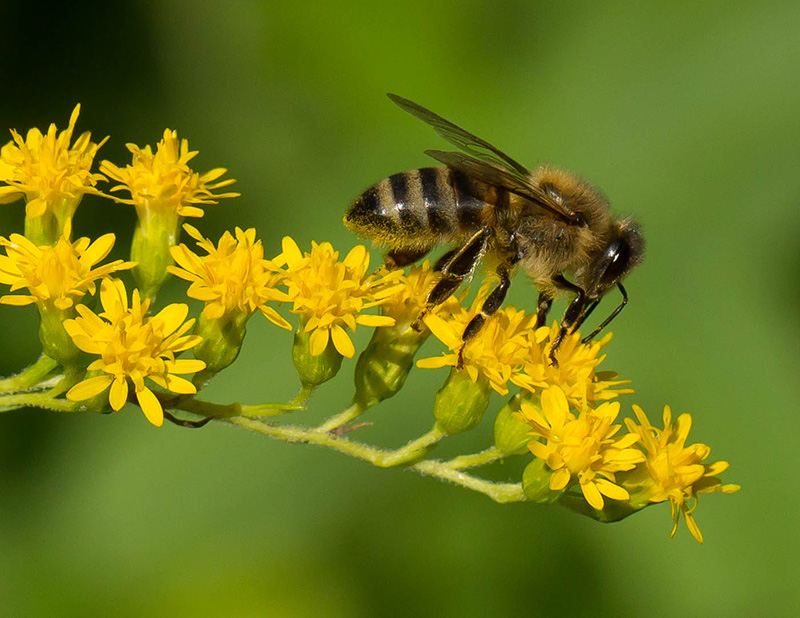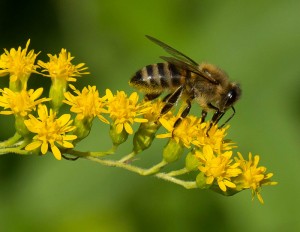How Rising CO2 Levels May Contribute to Die-Off of Bees


By Lisa Palmer | Yale Environment 360 | May 10, 2016
Specimens of goldenrod sewn into archival paper folders are stacked floor to ceiling inside metal cabinets at the Smithsonian National Museum of Natural History. The collection, housed in the herbarium, dates back to 1842 and is among five million historical records of plants from around the world cataloged there. Researchers turned to this collection of goldenrod — a widely distributed perennial plant that blooms across North America from summer to late fall — to study concentrations of protein in goldenrod pollen because it is a key late-season food source for bees.
Continue reading on Yale Environment 360.
